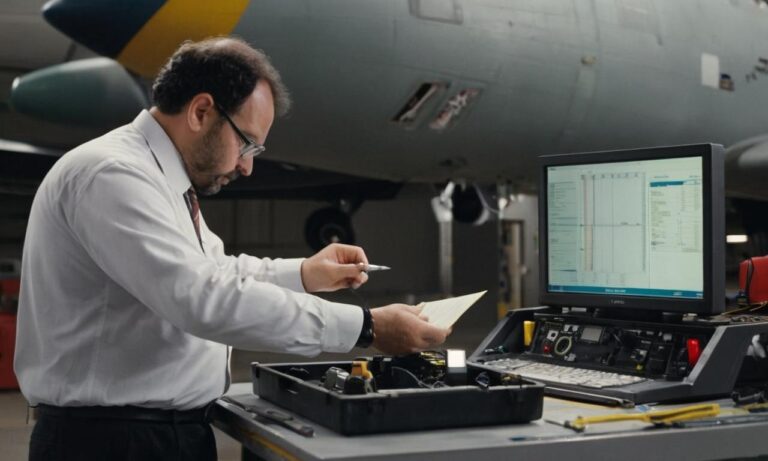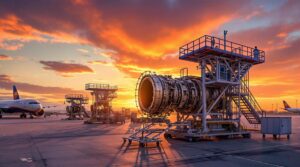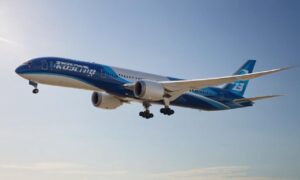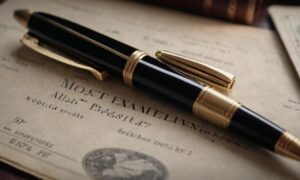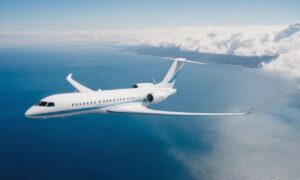In the aviation industry, determining an aircraft’s empty weight is crucial for safety, performance, and regulatory compliance. The process involves several meticulous tasks that ensure accurate measurements and data for this essential metric.
Preparation Stage
Prior to weighing an aircraft, meticulous groundwork is essential. This includes:
- Documentation Review: Examining the aircraft’s records to verify any modifications, repairs, or alterations that may affect its weight.
- Removal of Items: Ensuring all removable items, including seats, loose equipment, and non-permanent fixtures, are taken out of the aircraft.
- Fuel Draining: Emptying the fuel tanks to standardize the weight measurement.
Weighing Procedures
Once the preparation is completed, the actual weighing process begins:
- Placement: Positioning the aircraft on certified scales designed for accurate weight measurement.
- Data Collection: Taking measurements from each scale and calculating the aircraft’s total weight.
- Recording: Documenting the obtained weight readings for future reference and regulatory compliance.
Post-Weighing Tasks
Following the weighing process, specific actions are taken:
- Adjustments: Incorporating any necessary adjustments, such as recalibrating instruments or making weight-related modifications.
- Documentation: Updating aircraft records to reflect the newly determined empty weight.
- Regulatory Compliance: Ensuring that the recorded empty weight aligns with aviation authority requirements.
Overall, the tasks completed before weighing an aircraft to determine its empty weight encompass meticulous preparation, accurate weighing procedures, and comprehensive post-weighing actions. Each step is critical in providing precise data for safety, operational efficiency, and compliance within the aviation industry.
Verification and Calibration
Further steps involve stringent verification and calibration processes:
- Instrument Calibration: Ensuring the accuracy of weighing equipment and instruments used during the process.
- Verification Checks: Double-checking the scales and measurement tools for consistency and precision.
- Certification Review: Verifying the certification of the weighing equipment to meet industry standards.
Frequently Asked Questions
Here are some common queries regarding aircraft weighing:
| Question | Answer |
|---|---|
| Is aircraft weighing mandatory? | Yes, determining an aircraft’s empty weight is a crucial regulatory requirement for safety and operational purposes. |
| How often should an aircraft be weighed? | Frequency varies, but it’s typically required during specific maintenance intervals or when modifications significantly impact its weight. |
| Can weather conditions affect weighing accuracy? | Extreme weather conditions might influence the weight due to factors like temperature affecting fuel density, but professional procedures minimize such impacts. |

